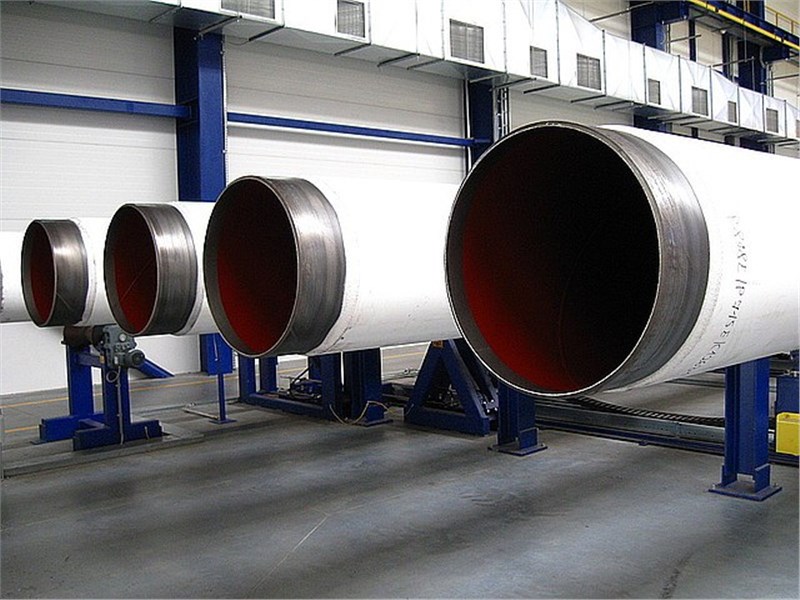Analysis of trends in the development of the insulation materials market
(trends, features, problems, market influencing factors, including trends in the construction market)
Thermal, hydro and sound insulation of buildings is an important element of construction for a number of reasons. First of all, we are talking about energy efficiency and protection from the influence of external factors, which is designed to increase the quality of stay in a residential or non-residential building. The need for energy efficient solutions is associated with rising energy prices.
The second factor that also influenced the market of thermal insulation materials was the construction market in Ukraine. With the exception of the recession in 2018, caused by the strengthening of the hryvnia and the decline in demand for residential construction, and the gradual satisfaction of demand in 2015-2017, provoked by geopolitical events in the country. Since 2019, the growth in construction has been driven by economic growth in the country, and in 2020 by continued activity in construction work despite quarantine restrictions.

Growth also took place despite the problems of individual developers (first of all, Ukrbud, and secondly, small companies working at the expense of investors). In 2020, objects related to Arkada Bank were added to them, but the impact of these factors will be noticeable only at the end of 2020.
During the study period, the largest volumes of buildings put into operation fell on 2019 and amounted to 14.9 million m2. Kyiv and the Kyiv region accounted for about 30% of all commissioned housing. About 89% of all commissioned housing accounted for the construction of new housing and only 11% for reconstruction.
The degree of use of insulating materials depends on the wall materials used. So, almost 60% of new residential construction is carried out with the use of bricks (in turn, 30% – ceramic, 70% – silicate); 12% – where insulation is used in large volumes – buildings made of concrete structures.
Thermal insulation is used in most buildings regardless of segment, sound insulation is used in more expensive building segments, and waterproofing depends on the material used.
Given the multidirectional trend of the construction market, predicting its further development, one should proceed from the following factors/indicators that affect this market.
Building materials market.
To understand some of the trends in the market of heat-insulating materials, it is necessary to consider the general market of building materials, the volume of which at the end of 2019 amounted to about UAH 100 billion. (construction objects + DIY). In 2020, a slowdown in the industry is expected due to a slight decrease in activity due to facilities whose construction was frozen during the quarantine period.
Raising the minimum wage from the second half of 2020 onwards will increase housing costs by 2-3 percent, which may lead to a reallocation of spending in other segments.
In 2018, the certification of building materials was canceled, which may lead to the use of low-quality materials in construction, which, however, depends on the developers. The lack of regulatory regulation and control methods as such has led to the establishment of the shadow market share at the level of 15-17%, depending on the types of building materials. The largest share of falsified research products falls on the expanded polystyrene market, namely the production of EPS foam, since its production does not require expensive equipment / raw materials and the production process itself is quite simple.
The range of building materials for thermal insulation, in addition to the studied segments, also consists of: polymer chips, monolithic foam concrete, polyurethane foam (liquid insulation), polyisocyanurate, foamed rubber and various kinds of combined wall panels.

Despite a significant increase in energy prices, prices for the entire range of thermal insulation works are still high.
Losses through walls, roofs, windows/doors/ventilation account for up to 90% of heat loss. Insulation of the entire room in combination with insulation of the facade, roof, replacement of windows, replacement of heating equipment allows you to get a synergy effect. First of all, when energy prices rise, households start by replacing low-cost elements that improve the energy efficiency of the building. These include replacing light bulbs and electrical household appliances with more energy efficient ones, as the cheapest option to reduce energy consumption. Next in terms of cost is the replacement of windows with energy-saving ones with 2-3 double-glazed windows. Well, the most expensive option is the thermal insulation of walls, roofs, floors and the replacement of heating equipment.
Due to the growth of the main economic indicators, the share of investments in insulation in the study period increased, and in the window segment it remained in volume, however, it decreased in structure due to the possibility of high costs for the use of insulating materials.
